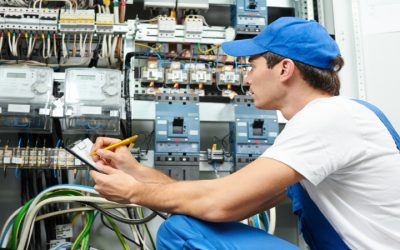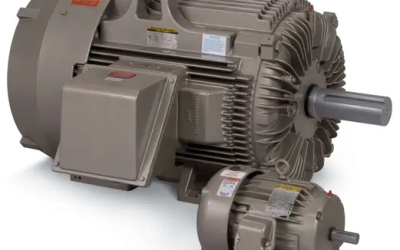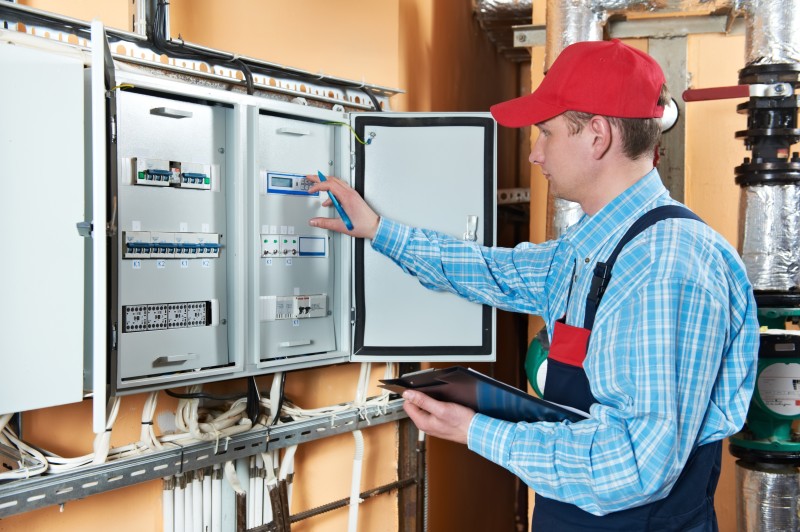Testing equipment is a challenge for any OEM (Original Equipment Manufacturer) or for companies that are hired to do contract work on the part of a project as a contract manufacturer or part supplier. This is particularly true with specialized systems such as RF test equipment.
The problem with testing equipment is that it isn’t something that either of these two types of companies is going to use on an ongoing basis. While it is critical and a necessary part of design and prototype development, it is not going to be equipment that is used after the product is tested and is through into full-scale production.
The Problems
There are three unique problems with making a purchase of RF test equipment. Considering how to address these three problems will help to show the value in an alternative option, which is to rent the equipment for the period of the test and then return it when finished.
Unless your engineers and in-house design and development team are familiar with the different RF test equipment on the market, simply making the choice of which system to purchase is going to be time-consuming. This is a time that could be spent on actual development.
Price and budget factors will always be an issue if you buy. This is not low-cost equipment and, if you aren’t sure what you need in the way of testing, you can easily find the sales rep will upsell you on the model. This not only results in a higher cost but equipment that may be more complex and challenging to operate than you need.
Finally, there is the issue of what to do with the equipment after testing. Trying to sell it yourself is going to take time, effort and lot of emails and phone calls. Simply storing the equipment can even be a challenge as it is equipment that has to be safely stored to avoid damage to components and circuitry.
The better option is to rent the RF testing equipment you need. You only pay for the time you use the device and, once you are done, it is shipped back, avoiding the need to sell or store.


